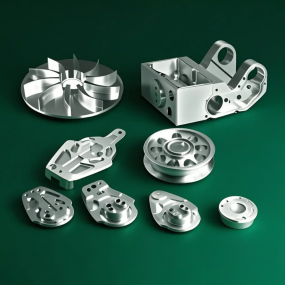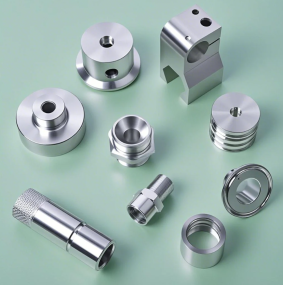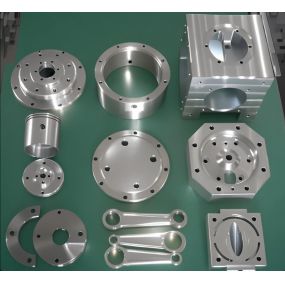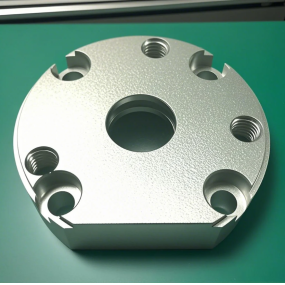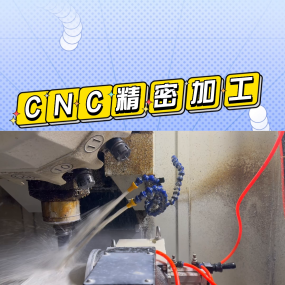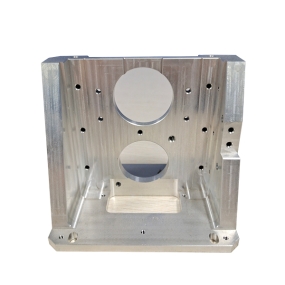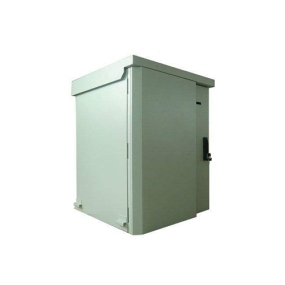This experience is mainly for beginners to see and practice learning. Because no one online writes about these, but these basics are indeed very important.
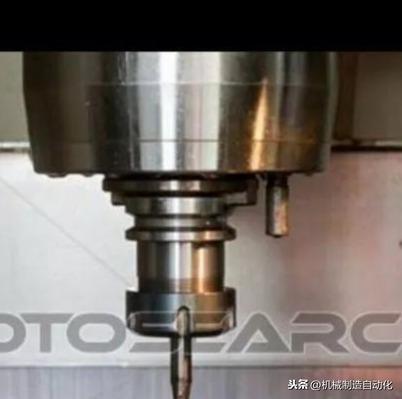
CNC Machining process
1. Take the material~Check if the length, width, height, material, and serial number of the material match the drawing to be processed
2 clamps~Pay attention to the placement of the workpiece, is it placed the same as the drawing? Is it clamped? Are Ma Zai and Pi Shi within the processing range, and will they exceed the range? Will it hit the knife?
3. Rough machining within 0.03mm and precision machining within 0.01mm.
4 points in the middle~Find the benchmark position and check it again in the middle. Retreat 5mm for the larger end and 2mm for the smaller end.
5 pairs of knives~Check if the knives match the ones on the drawing, pay attention to the wear of the knives, ensure that the machining length is sufficient, and whether they will collide with the knives.
Arrangement of CNC machining center sequence
Generally speaking, the arrangement of processing sequence should be considered based on the structure and condition of the parts, as well as the need for positioning and clamping, with a focus on ensuring that the rigidity of the workpiece is not compromised. The order should generally follow the following principles:
1. The CNC machining of the previous process should not affect the positioning and clamping of the next process, and if there are universal machining processes interspersed in the middle, comprehensive consideration should also be given.
2. First, proceed with the internal cavity machining process, and then proceed with the external machining process.
3. It is best to connect the CNC machining process with the same positioning, clamping method or the same tool to reduce the number of repeated positioning, tool changing, and moving the pressure plate.
4. For multiple processes carried out in the same installation, the process with minimal rigid damage to the workpiece should be arranged first.
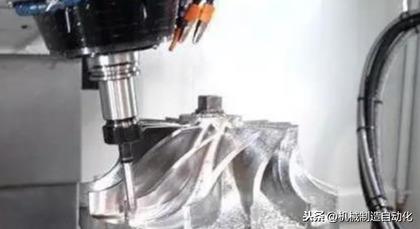
What aspects should be paid attention to when determining the clamping method of workpieces?
When determining the positioning reference and clamping scheme, the following three points should be noted:
1. Strive for consistency in design, process, and programming calculations.
2. Try to minimize the number of clamping times and achieve CNC machining of all the surfaces to be machined after one positioning.
3. Avoid using manual adjustment plans that occupy the machine.
4. The fixture should be open and its positioning and clamping mechanism should not affect the tool path in CNC machining (such as collision). When encountering such situations, it can be clamped using pliers or adding bottom plate screws.
The machining process, as well as the clamping and positioning standards of the workpiece, may seem ordinary but are actually the first step in efficient production. Strict control at the source is the key to high-quality products.


 Spanish
Spanish Arabic
Arabic French
French Portuguese
Portuguese Belarusian
Belarusian Japanese
Japanese Russian
Russian Malay
Malay Icelandic
Icelandic Bulgarian
Bulgarian Azerbaijani
Azerbaijani Estonian
Estonian Irish
Irish Polish
Polish Persian
Persian Boolean
Boolean Danish
Danish German
German Filipino
Filipino Finnish
Finnish Korean
Korean Dutch
Dutch Galician
Galician Catalan
Catalan Czech
Czech Croatian
Croatian Latin
Latin Latvian
Latvian Romanian
Romanian Maltese
Maltese Macedonian
Macedonian Norwegian
Norwegian Swedish
Swedish Serbian
Serbian Slovak
Slovak Slovenian
Slovenian Swahili
Swahili Thai
Thai Turkish
Turkish Welsh
Welsh Urdu
Urdu Ukrainian
Ukrainian Greek
Greek Hungarian
Hungarian Italian
Italian Yiddish
Yiddish Indonesian
Indonesian Vietnamese
Vietnamese Haitian Creole
Haitian Creole Spanish Basque
Spanish Basque

